Key Takeaways
- Exercise has been shown to create positive changes in the brain, enhancing memory and overall mental sharpness.
- Staying active supports not only cognitive function but also emotional well-being, fostering a healthier aging process.
- Whether aging at home or in a senior living community, incorporating simple, consistent exercise routines can make a significant difference in quality of life.
Growing older doesn’t mean memory decline is inevitable. Regular physical activity has been proven to help seniors maintain and even improve their cognitive abilities. Staying active can be a simple yet effective way for seniors to boost their mental sharpness and overall well-being as they age.
For families considering senior living options or supporting aging loved ones at home, exercise offers a practical and hopeful solution for healthier aging. If your loved one is in memory care, learning more about the right physical activity for seniors can help you support their well-being as well.
How Does Physical Activity Help Memory?
Regular physical activity plays a vital role in maintaining and even improving memory as we age. By promoting brain health and supporting the growth of new neural connections, exercise becomes a powerful tool in protecting cognitive function over time.
Increased Hippocampal Volume
The hippocampus, our brain’s memory center, typically shrinks with age. However, regular physical activity can reverse this trend. Studies show that seniors who engage in consistent exercise experience growth in hippocampal volume, directly supporting their ability to form and retain new memories.
Neurogenesis
Physical activity stimulates the creation of new brain cells, a process called neurogenesis. This cellular renewal particularly benefits the areas of the brain responsible for learning and memory, giving seniors a biological advantage in maintaining cognitive sharpness.
Boosts BDNF
Brain-derived neurotrophic factor (BDNF) acts like fertilizer for brain cells. Exercise significantly increases BDNF levels, promoting the growth and survival of neurons while strengthening the connections between them. This protein plays a crucial role in protecting existing memories and supporting the formation of new ones.
Better Cerebral Blood Flow
Physical activity improves circulation throughout the body, including the brain. Enhanced blood flow delivers oxygen and nutrients that brain cells need to function optimally, while also helping remove toxins that can interfere with cognitive processes.
Protects Key Brain Areas
Regular exercise provides protective benefits for brain regions most vulnerable to age-related decline. This protective effect helps preserve the neural networks essential for memory, attention, and executive function.
Key Benefits: Summarized
In essence, physical activity enhances brain health by improving blood flow, delivering essential oxygen and nutrients, and removing toxins. It also helps protect critical brain areas responsible for memory, focus, and decision-making, reducing the risk of cognitive decline as we age.
How Else Can Physical Activity Benefit Seniors?
Staying active does more than just boost memory—it supports overall health and well-being, especially for seniors. Regular exercise has a profoundly positive impact on physical, mental, and emotional health. Some of the benefits include:
- Improved Balance and Strength: Exercise helps reduce the risk of falls by enhancing stability and strengthening muscles.
- Better Cardiovascular Health and Bone Density: Regular physical activity helps maintain a healthy heart and supports strong bones.
- Enhanced Mood and Sleep Quality: Many seniors report feeling happier and sleeping better, creating a positive cycle for cognitive health.
- Social Connection: Group exercise helps combat isolation, fostering meaningful relationships and promoting emotional wellness.
Whether it’s a daily walk or a group yoga session, staying active is a simple yet powerful way to support your mind and body as you age.
What Are Some Great Exercise Options for Seniors?
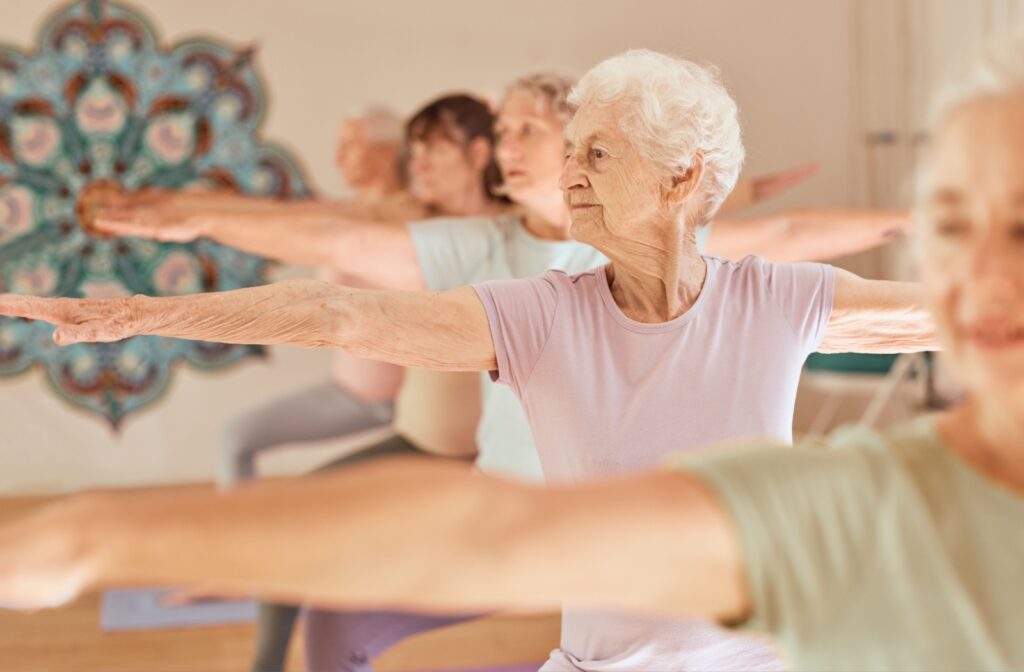
Finding the proper exercise can make staying active enjoyable and sustainable. Here are some senior-friendly options that cater to various levels of mobility and fitness.
Aerobic Exercise
Walking, swimming, and cycling provide gentle cardiovascular benefits without placing excessive stress on joints. These activities can be easily modified to match individual fitness levels and preferences, making them sustainable long-term choices.
Resistance Training
Lightweight training or resistance band exercises help maintain muscle mass and bone density while supporting brain health. These activities can be performed safely with proper guidance and gradually increased as strength improves.
Combined Approaches
Programs that blend different types of movement—such as tai chi, yoga, or dance—offer both physical and cognitive benefits. These activities often include coordination challenges that provide additional brain stimulation while remaining enjoyable and social.
How Can Seniors Get Started Exercising?
Starting an exercise routine can feel overwhelming, but taking the first step is often the most challenging part of the process. It’s essential to begin at your own pace, focusing on movements that feel comfortable and achievable for your current fitness level.
Aim for 30 Minutes Per Day (150 Minutes Per Week)
The goal doesn’t need to be overwhelming. Starting with shorter sessions and gradually building up to 30 minutes of activity most days of the week provides significant benefits. This can include everyday activities like gardening or household chores.
Spread It Out
Breaking activity into smaller segments throughout the day can be more manageable and just as effective. Three 10-minute walks provide similar benefits to one 30-minute session, making it easier to fit exercise into daily routines.
Consult a Healthcare Provider
Before starting any new exercise program, seniors should consult with their healthcare team. This ensures that chosen activities align with individual health conditions and capabilities, maximizing benefits while minimizing risk.
How Does Senior Living Help Seniors Stay Active?
Staying active is crucial for maintaining both physical and cognitive health, particularly for seniors. At Peregrine Senior Living at Onondaga Hill, wellness programs are tailored to meet individual needs, making it easy for residents to adopt an active and fulfilling lifestyle.
- Personalized Wellness Programs: Activities are designed around each resident’s unique interests and abilities, ensuring everyone can stay engaged.
- Plenty of Ways to Move: Walking paths, fitness facilities, and structured exercise programs provide diverse options for staying active.
- Social Motivation: Group activities encourage accountability, build friendships, and add a fun social aspect to staying fit.
At Peregrine Senior Living, staying active isn’t just about fitness—it’s about enhancing overall well-being and creating a vibrant community. Residents can enjoy a safe, supportive environment that helps them thrive.
Embracing Physical Activity To Boost Memory
Physical activity is one of the most effective ways to support memory and cognitive health in seniors. We focus on holistic health, offering programs that combine physical wellness with mental stimulation to help residents stay sharp, active, and independent.
Contact us today and see how Peregrine Senior Living at Onondaga Hill can support your loved one’s complete well-being.


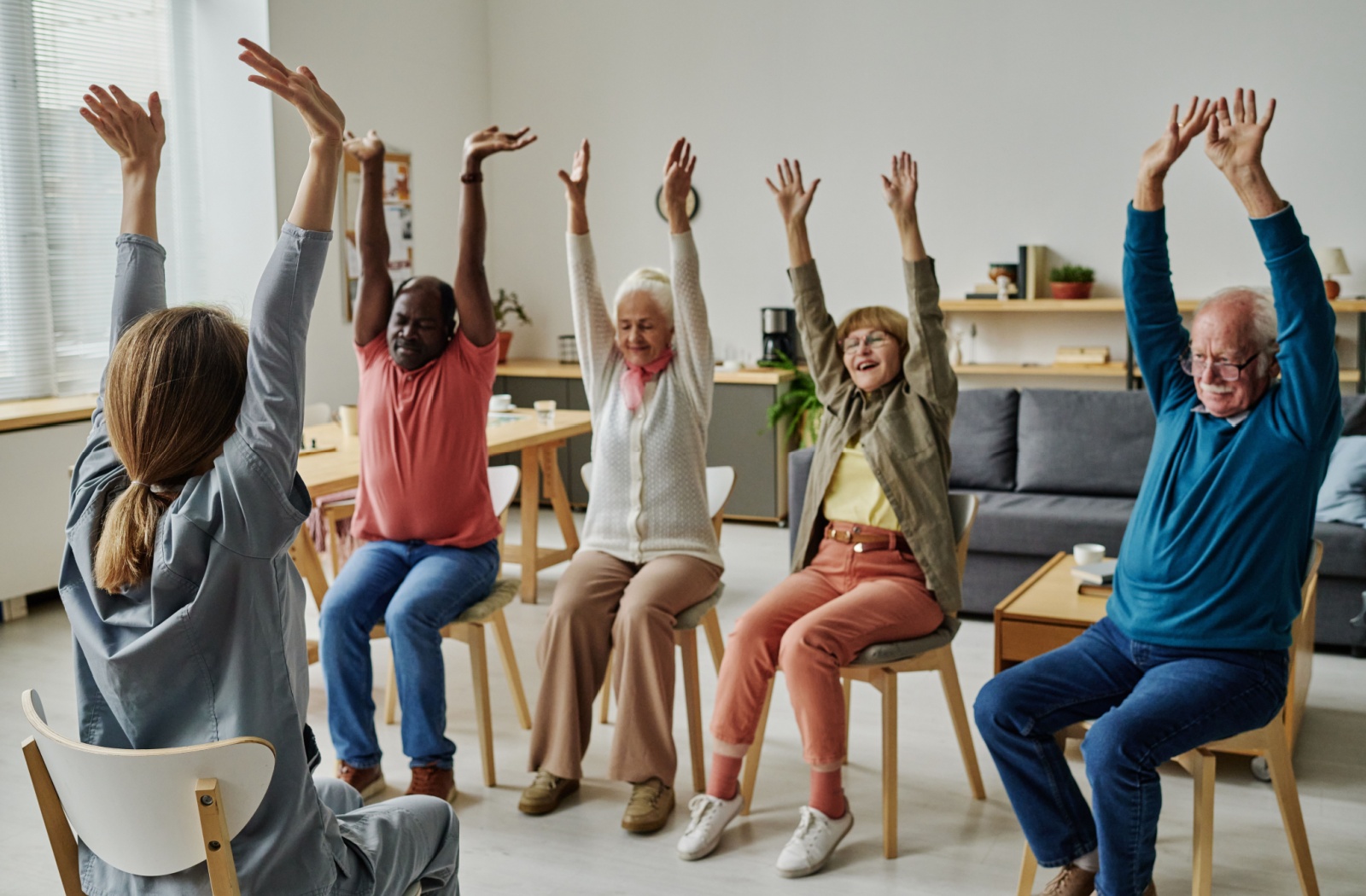


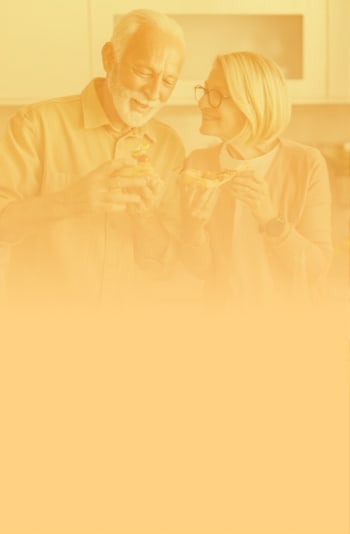

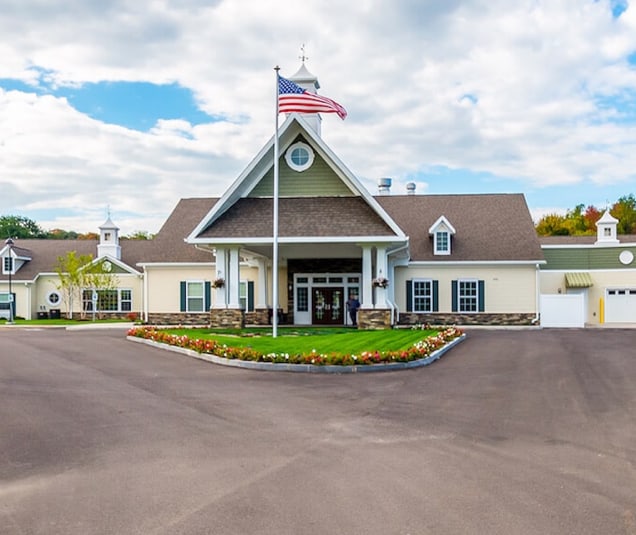



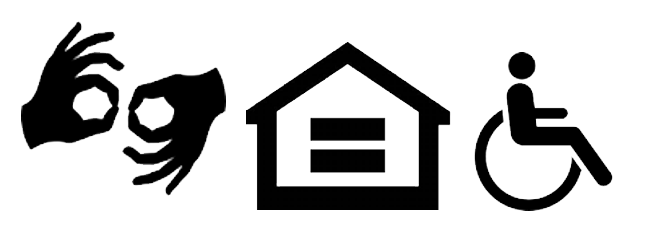
As the candles of Hanukkah shine brightly, we’re reminded of the strength of faith, the warmth of family, and the enduring power of hope.
May each night bring moments of reflection, joy, and togetherness for all who celebrate. 🕎
From our Peregrine family to yours—Happy Hanukkah!
peregrineonondaga.com/ ... See MoreSee Less
1 CommentsComment on Facebook
We celebrated our annual Peregrine Community Christmas Party last evening!! Our community members, families, friends and staff came together to enjoy some terrific Christmas tunes, delicious appetizers, drinks and devine desserts!! We thank Sue Alexander for her amazing performance and all had a wonderful night of festivities. ... See MoreSee Less
4 CommentsComment on Facebook
Creative Crafts today at Onondaga! We made collages today with either a Christmas or winter theme!! With background Christmas music, it got us all in the mood for tonight's Christmas party! Please join us tonight from 5-7pm for music, appetizers, drinks and dancing!! ... See MoreSee Less
0 CommentsComment on Facebook
Every person carries a lifetime of memories, passions, and dreams. Those stories deserve to be celebrated.
Through The Peregrine Way, we honor each resident’s individuality by creating meaningful experiences that nurture mind, body, and spirit. Whether it’s rekindling a lifelong hobby, connecting through music, or simply sharing conversation over coffee, every day is a chance to live with joy and purpose.
We don’t just care for residents, we walk alongside them, helping every story continue with dignity, laughter, and love. 💗
peregrineonondaga.com/ ... See MoreSee Less
0 CommentsComment on Facebook
🎄✨Everyone had a wonderful time today enjoying fresh cookies, cozy hot chocolate, and festive photos with Santa! Smiles, laughter, and holiday cheer filled the entire community ❤️🎅🏻 ... See MoreSee Less
2 CommentsComment on Facebook
Hello Facebook friends!! We will be having pictures with Santa Clause tomorrow, Saturday December 6th from 10am until 3pm. Santa will be taking pictures with our community members and their families in the fireplace area.!!!!! See you then!! ... See MoreSee Less
0 CommentsComment on Facebook
Sharing some holiday spirit every Friday of the month of December here at Onondaga!!! Our residents enjoyed wearing our Santa hats today to keep up on our weekly theme!! We will also be enjoying some festive tunes with Frank Rhodes later this afternoon!!!! ... See MoreSee Less
2 CommentsComment on Facebook